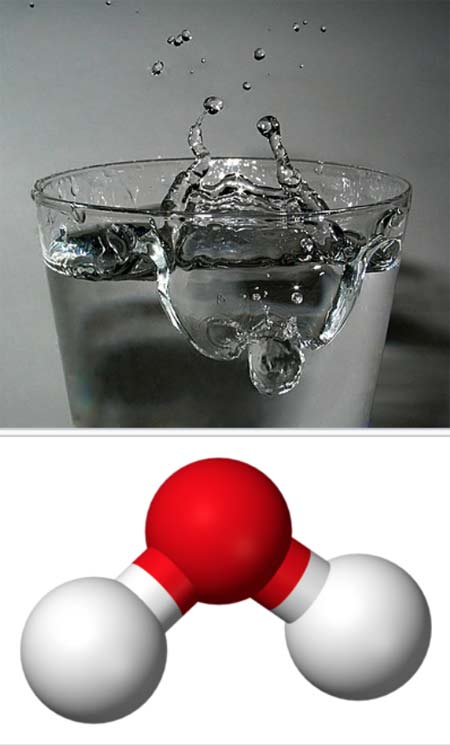compound

Pure water is an example of a chemical compound. The ball-and-stick model of the molecule shows the spatial association of two parts hydrogen (white) and one part(s) oxygen (red).
A compound is a pure and homogeneous substance consisting of atoms or ions of different elements in definite proportions (see law of constant composition), usually having properties unlike those of its constituent elements. A compound can be broken down into two or more other substances by chemical means.
Compounds are produced by the rearrangement of valence electrons (outer electrons of an atom) seeking to attain more stable configurations. Ionic compounds have ionic bonds – they are collections of oppositely charge ions, The ions are packed together in a regular arrangement called a crystal lattice. Ionic compounds, such as sodium chloride, are solids at room temperature and have high melting and boiling points, due to the strong electrostatic forces of attraction holding the lattice together.
Covalent bonding occurs where nonmetal ions share electrons. Such compounds can be classified as simple molecular structures (such as carbon dioxide) – with low melting and boiling points; or giant molecular structures (such as graphite and diamond). Their properties depend on the arrangement of the atoms in the macromolecule.
Complex compounds are compounds in which some atoms of the molecule are held by polar bonds and others by coordinate bonds. They are also known as coordination compounds.


